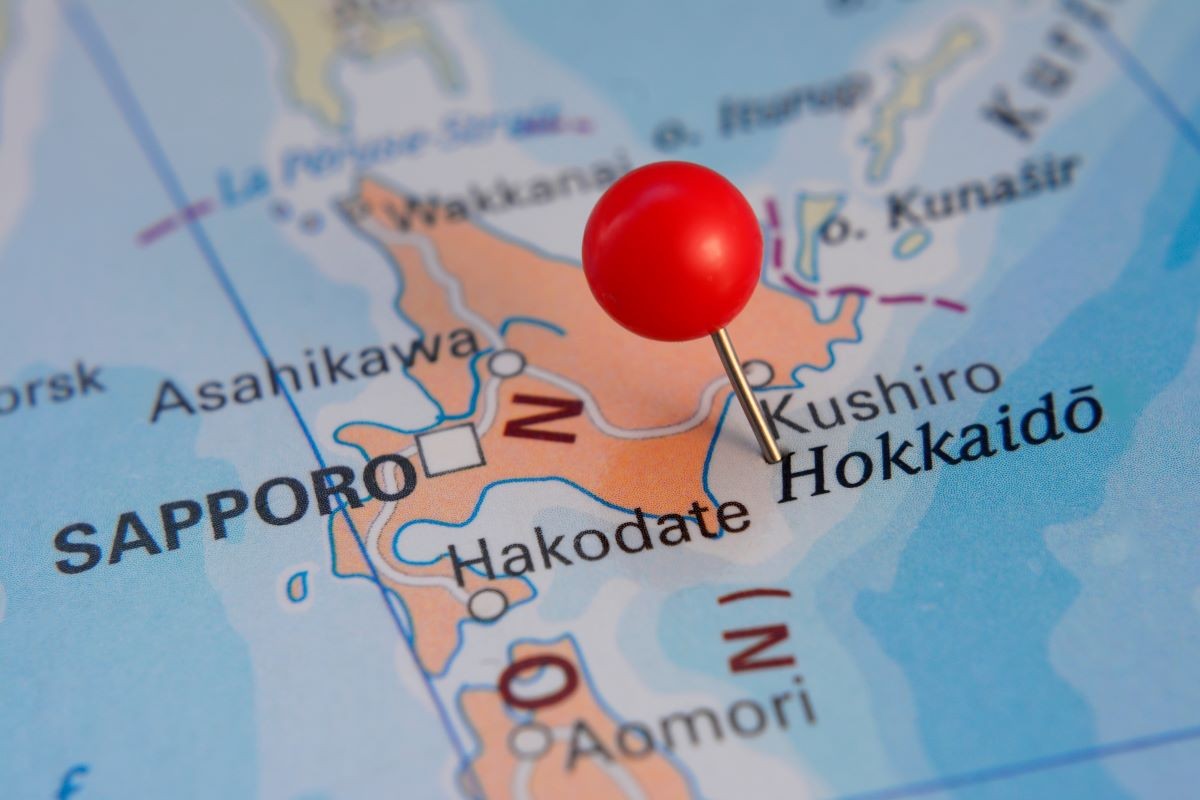
Hokkaido is the northernmost prefecture in Japan. The summers are cool, and the winters see temperatures drop, creating a unique climate compared to the rest of Japan, where the four seasons are more pronounced. Additionally, Hokkaido is the second largest island in Japan, after Honshu, and its area is about twice the size of Kyushu. As a result, the climate varies significantly across different regions of Hokkaido. This article will introduce the climate characteristics of three regions: the Central, Eastern, and Northern parts of Hokkaido. Through this article, you can imagine the lives of people living in Hokkaido’s diverse and rich natural surroundings.
* Purchases or bookings made through links in this article may contribute a portion of the sales to FUN! JAPAN.
🚅Book your Shinkansen ticket with NAVITIME Travel! 👉 Click here
Climate Characteristics of Hokkaido
Hokkaido’s climate differs in several ways from that of Honshu.
1. Cold Winter Temperatures

While many parts of Japan have a temperate climate, Hokkaido belongs to the subarctic zone. The key difference between temperate and subarctic climates is the winter temperature. If the average temperature of the coldest month of the year falls below -3°C, the region is classified as subarctic, and changes in vegetation become noticeable. The trees in Hokkaido are mostly conifers, like pines and cedars, with needle-shaped leaves that can withstand the harsh winter cold. Additionally, the long winters and low temperatures allow for beautiful natural phenomena, such as drifting ice and diamond dust, to be observed.
2. Minimal Rainy Season and Typhoon Impact

In Honshu, the rainy season starts around June, followed by the typhoon season from July to October. However, in Hokkaido, rainfall is much less frequent. As a result, it remains a popular tourist destination from early summer to autumn. Because of Hokkaido’s relatively cool summers, it is also said that there are no cockroaches. It’s even considered a funny story when someone from Hokkaido moves to Tokyo and encounters a cockroach for the first time while living alone.
Climate Characteristics by Region in Hokkaido
Due to its vast size, Hokkaido’s climate also varies significantly across different areas. Hokkaido is surrounded by the Pacific Ocean to the southeast, the Sea of Japan to the west, and the Sea of Okhotsk to the northeast. These seas influence Hokkaido's weather patterns. Here, we will introduce the climate characteristics of three regions: Central Hokkaido, Eastern Hokkaido, and Northern Hokkaido.
Climate Characteristics of the Central Region (Sapporo, Ishikari Area)
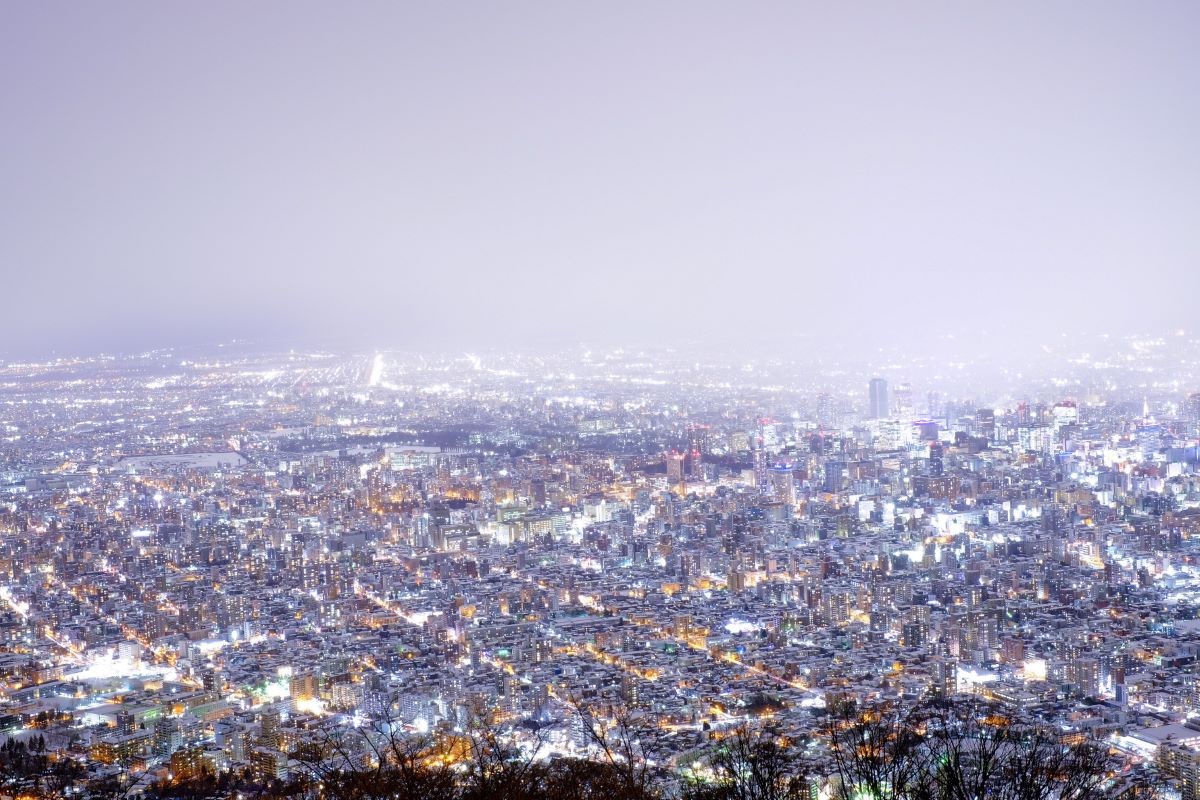
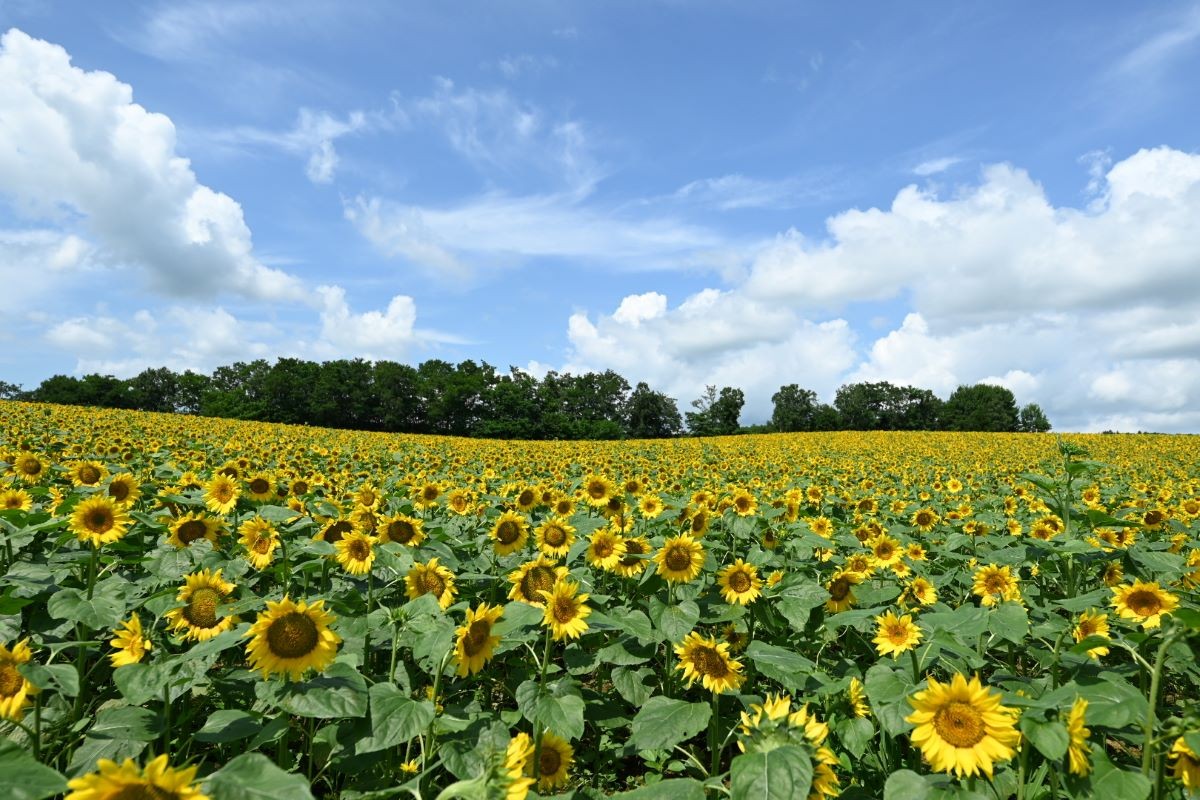
The central region of Hokkaido, or Dō-Ō, is known for its heavy snowfall during the winter. The northwestern seasonal winds from Siberia carry moisture from the Sea of Japan and drop large amounts of snow when they collide with the mountain ranges. As a result, the winter days are characterized by limited sunlight, with many cloudy or snowy days. In contrast, the summer months are often clear, and temperatures can exceed 30°C.
Climate Features of Sapporo, the Heart of the Central Region
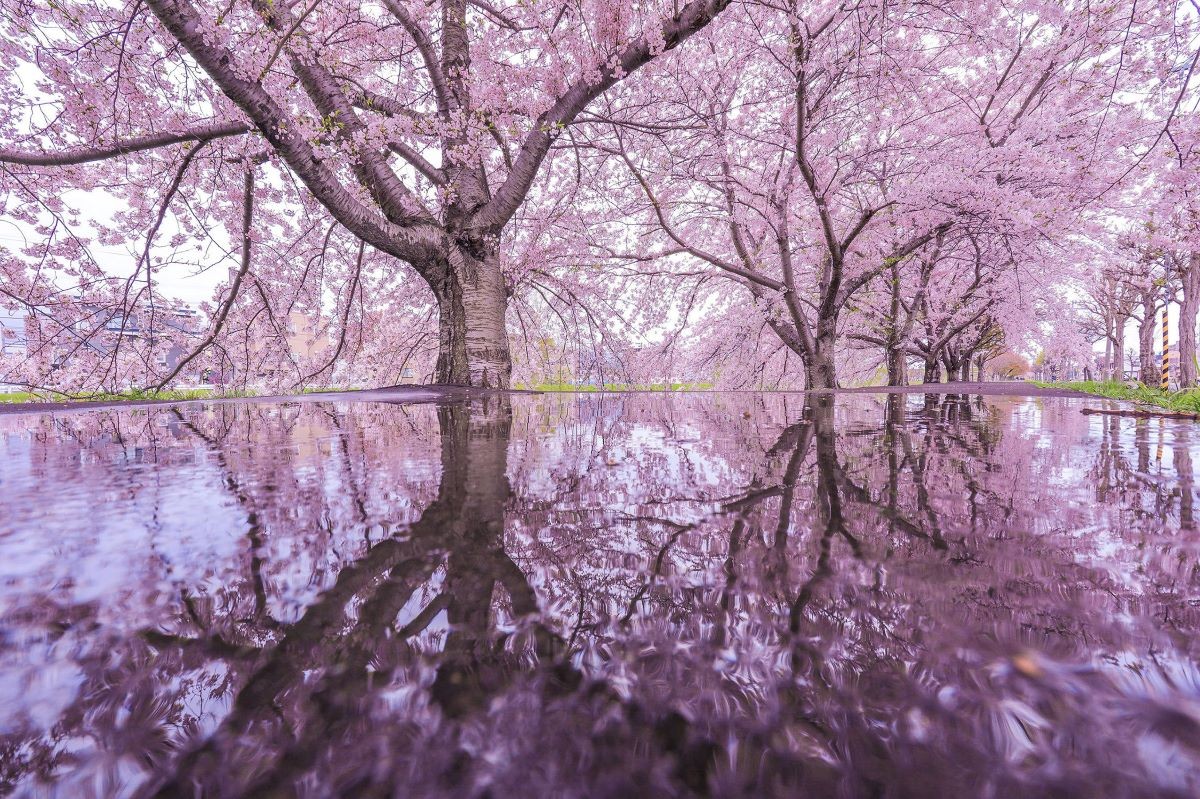
Sapporo is the central city of Hokkaido. The cherry blossoms in Sapporo typically bloom in early May, right in the middle of Japan's Golden Week. People eagerly head outdoors to enjoy the arrival of spring. By late May, it is the peak season for rice planting, and by June, the streets of Sapporo are filled with the vibrant blooms of hamanasu (beach rose). From July to August, Sapporo experiences a short but pleasant summer, and by September, the leaves begin to turn color with the onset of autumn. In October, the first snow of the season may fall, marking the arrival of winter. In January, temperatures often stay below freezing, and the famous "Sapporo Snow Festival" is held.
[kkday]👉Recommended Leisure Activities, Experiences, and Sightseeing in Sapporo
Climate Characteristics of the Eastern Region (Tokachi, Shiretoko)
The climate of the Dō-Tō (Eastern region) differs between the Pacific side (Tokachi area) and the Sea of Okhotsk side (Shiretoko area). Each area has its own unique climate characteristics, which we will introduce separately.
Climate Characteristics of the Pacific Side (Tokachi Area)
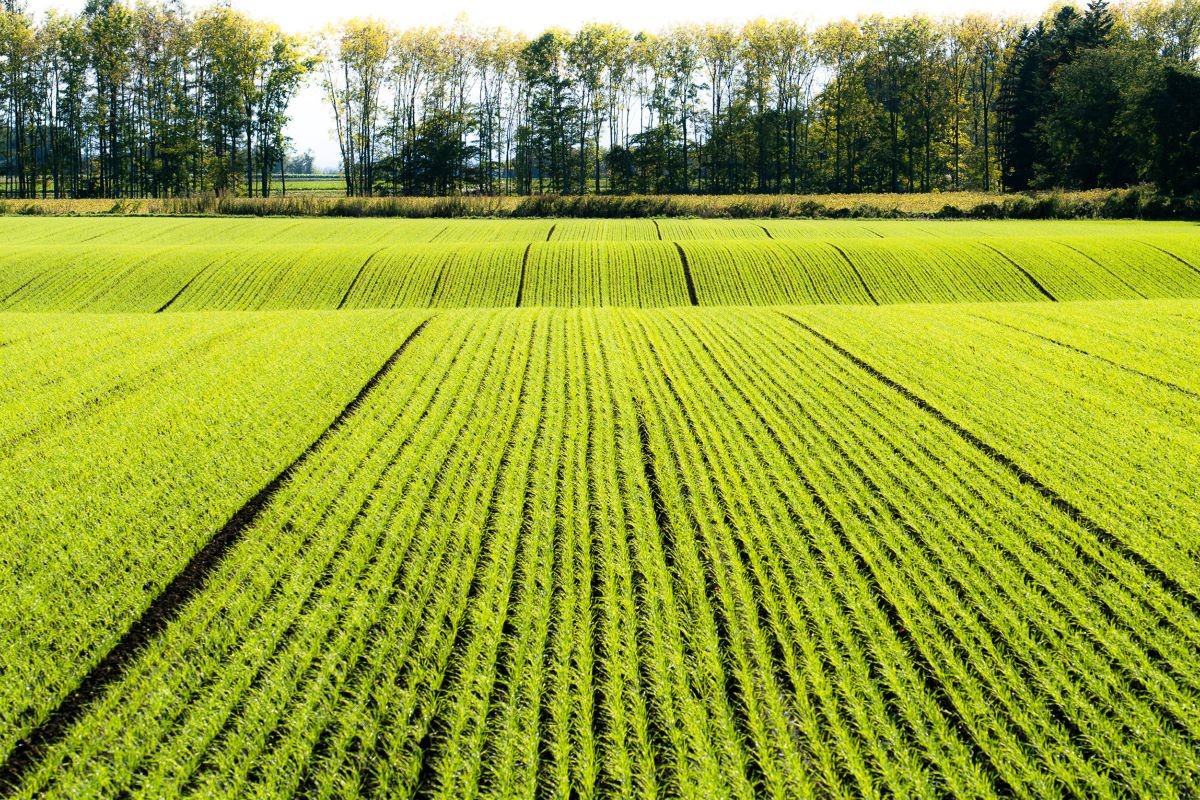
The Pacific side, influenced by the cold Kuroshio current, has one of the coolest climates in Hokkaido. During the summer, fog from the sea often covers the area, with clear days being relatively rare. In many regions, the average temperature in August is around 18°C, making it a cool period. Winter is typically sunny because the winds are blocked by the Hidaka mountain range. The Tokachi area is known as one of Japan's leading agricultural regions. It accounts for 12.5% of Japan’s total farmland, and the cool climate is ideal for growing a variety of crops. Notable crops include potatoes, sugar beets, wheat, and beans. The city of Obihiro, the central city of the Tokachi Plain, is home to a production factory for a major potato chip manufacturer.
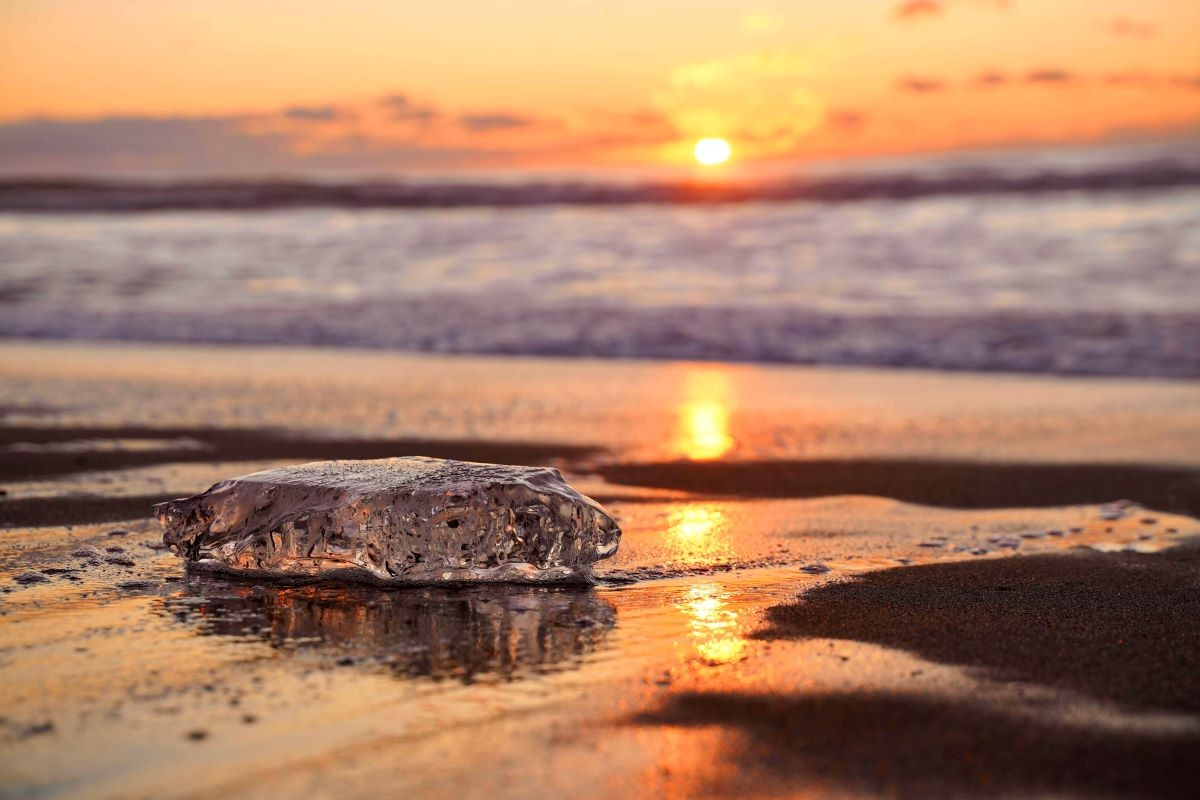
Additionally, on the coast near the mouth of the Tokachi River, during January and February, chunks of ice that wash up on the shore shine beautifully under the sunlight, a phenomenon known as Jewelry Ice. Unlike drifting ice, Jewelry Ice appears crystal-clear and sparkling, creating a mystical and spectacular view that can only be seen during the coldest days of winter.
Climate Characteristics of the Sea of Okhotsk Side (Shiretoko Peninsula)
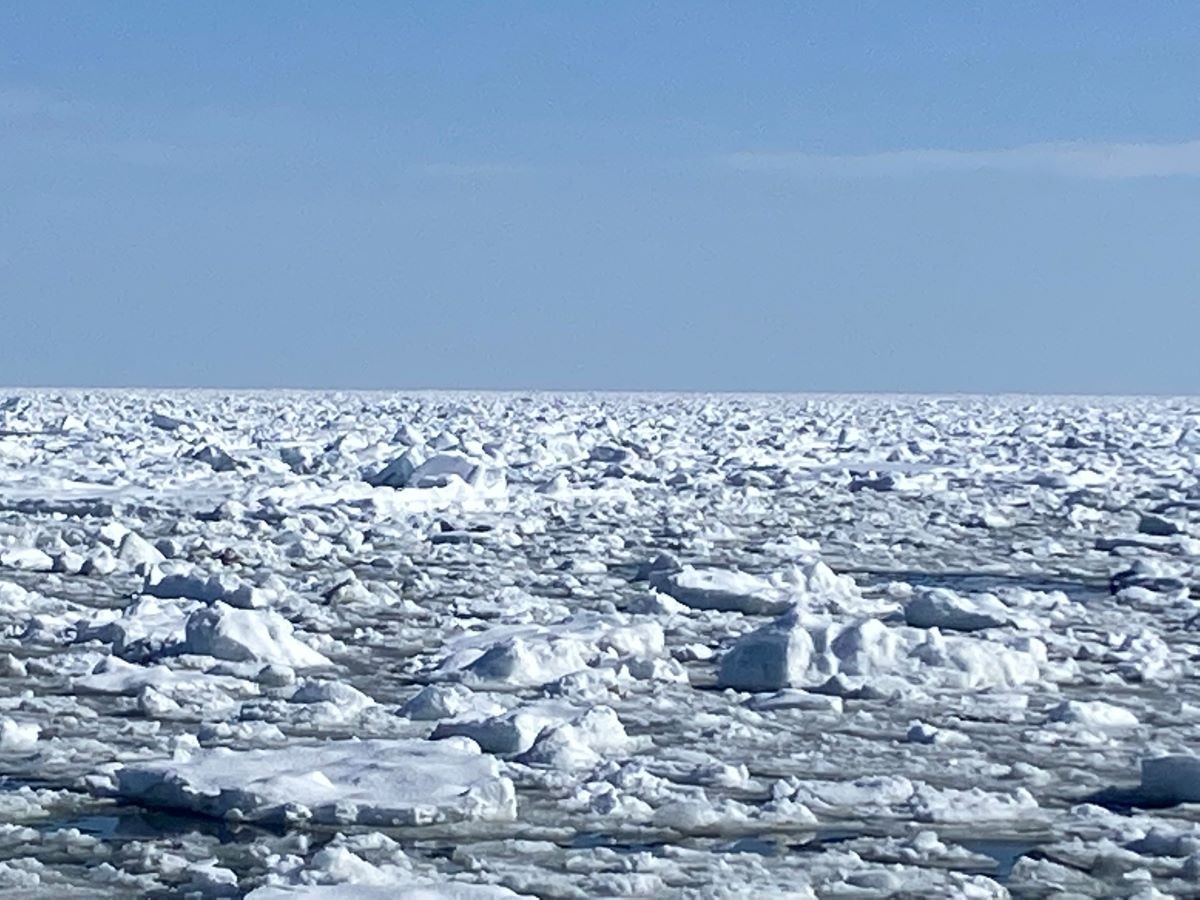
On the Sea of Okhotsk side, the area is characterized by high sunshine rates and low rainfall throughout the year. During the summer, after the Pacific side experiences rainfall, dry seasonal winds cause the Föhn effect in regions like the Kitami Basin, where temperatures can exceed 30°C. In winter, dry winds blow down from the Japanese Sea after snowstorms, causing temperatures to drop to as low as -20°C.
In the Sea of Okhotsk, drifting ice can be observed in the winter. The ice is said to form from the water of the Amur River in Siberia flowing into the Sea of Okhotsk. The ice, especially when illuminated by the sunrise or sunset, creates a beautiful scene with pink and orange light reflecting off it, producing a dreamlike atmosphere. This drifting ice, a natural phenomenon that has traveled a long way from the Arctic, allows one to reflect on the history and grand cycle of nature, making it a powerful reminder of the forces of nature and the passage of time.

The Shiretoko Peninsula, which juts out into the Sea of Okhotsk, is home to a vast amount of untouched nature, and in 2005, it was designated as a UNESCO World Natural Heritage site. Despite its harsh climate, with average winter temperatures below freezing for four months, the region is home to a diverse range of plants and animals. At the top of the rich ecosystem in Shiretoko is the Hokkaido brown bear, the largest land mammal in Japan, which is found only in Hokkaido. Over 1.2 million tourists visit Shiretoko each year to observe its stunning natural landscapes and wildlife.
[kkday]👉Recommended Leisure Activities, Experiences, and Sightseeing in Hokkaido
Climate Characteristics of the Northern Region (Kamikawa Basin & Asahikawa)
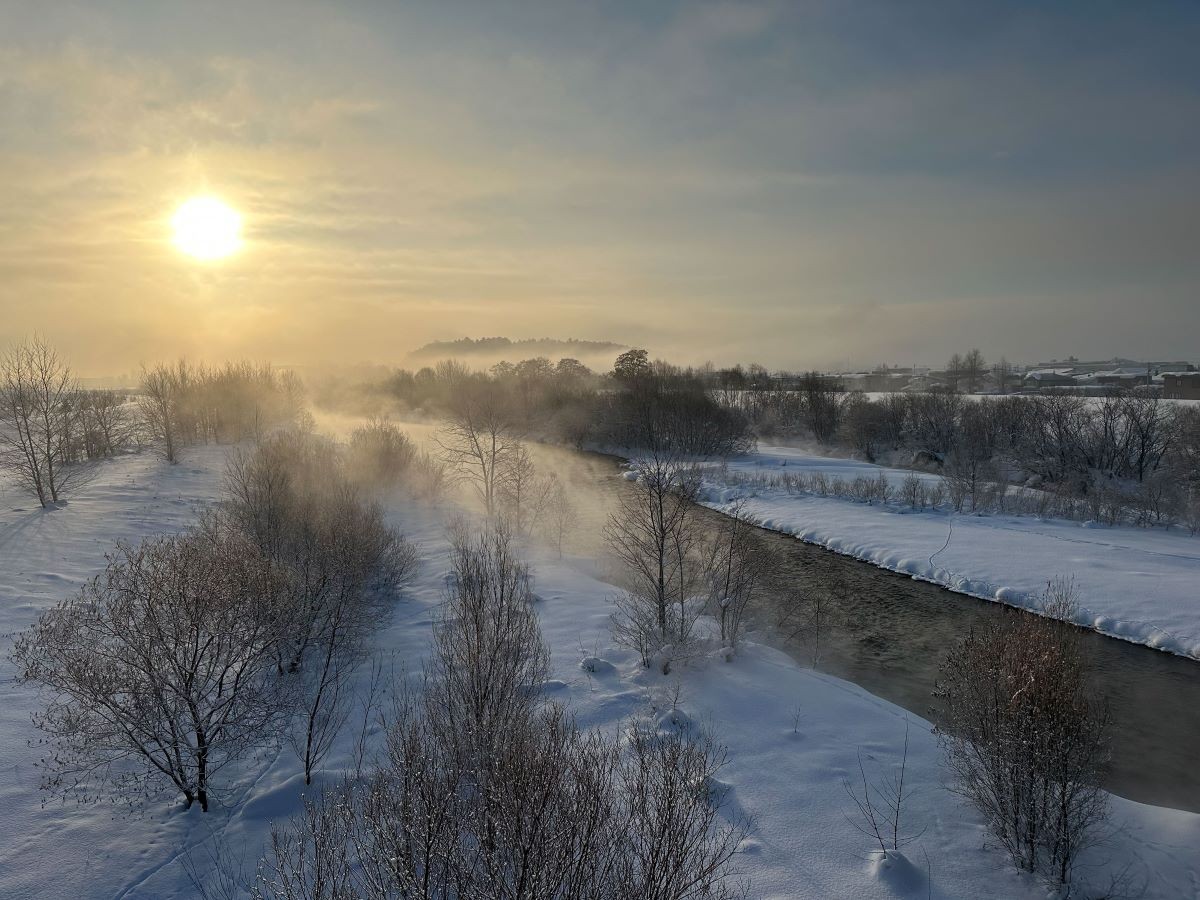
The Dō-Hoku (Northern region) experiences a large temperature difference between summer and winter. The cold winters are particularly severe, with Asahikawa once recording Japan's lowest temperature of -41.0°C in 1902. The extreme cold and calm mornings often result in the phenomenon of diamond dust. On the other hand, summers can see temperatures rise above 30°C.
Asahikawa is home to the Asahiyama Zoo, the northernmost zoo in Japan. The zoo struggled with declining visitor numbers for a time but began making changes around 1997. By enclosing the entire zoo with nets, the animals were allowed to live in environments closer to their natural habitats. This new approach allowed visitors to observe the animals in more natural settings, and the zoo has since become one of the most popular in Japan.
[kkday]👉Japan | Hokkaido Asahiyama Zoo Ticket
Hokkaido's Regional Cuisine Inspired by its Climate
Cuisine Inspired by the Japan Sea Coast
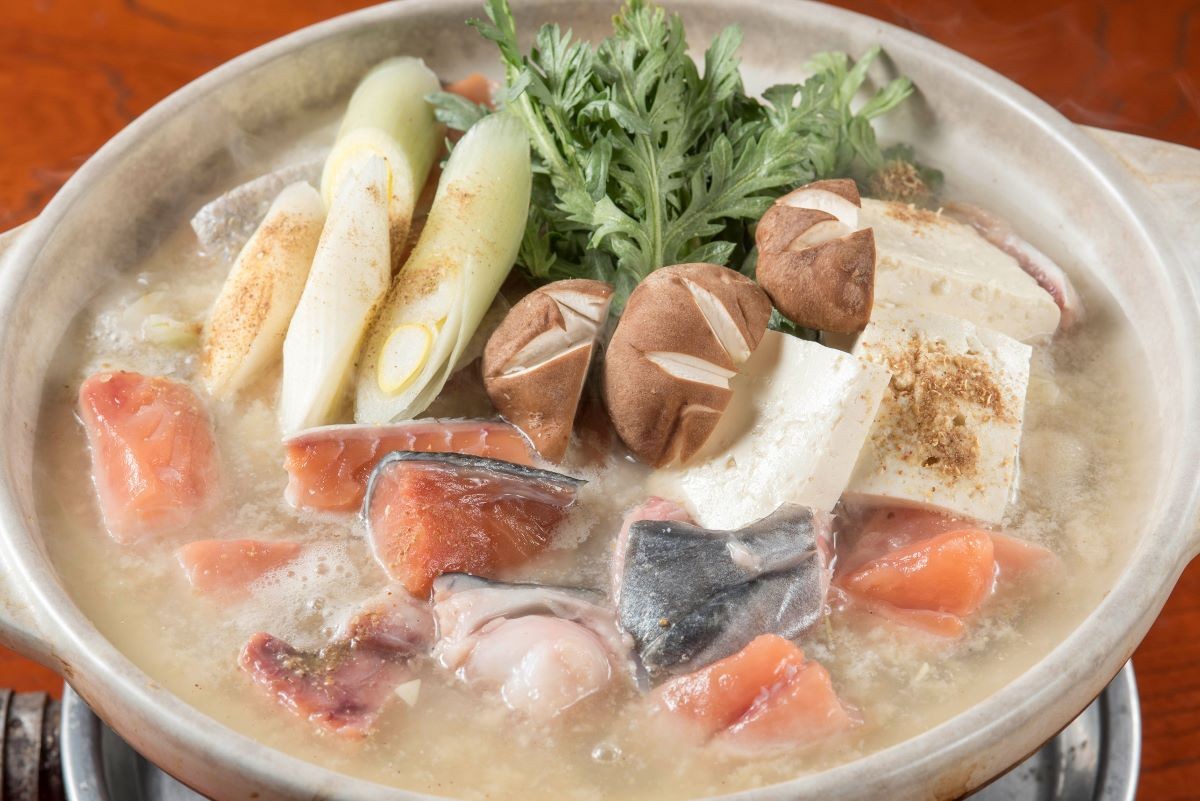
Hokkaido is known for its rice production, ranking second in Japan after Niigata Prefecture. The Ishikari area, located on the Japan Sea side, is one of Hokkaido’s most famous rice-producing regions. Rice typically grows in hot and humid climates, but through breeding, a cold-resistant variety has been cultivated in the Ishikari area. One of the region’s signature dishes, Ishikari Nabe, is a hot pot made with chunks of salmon, potatoes, daikon radish, and cabbage, all simmered in a miso broth. This dish is said to have originated from the fishermen’s cuisine.
Cuisine Inspired by the Tokachi Region
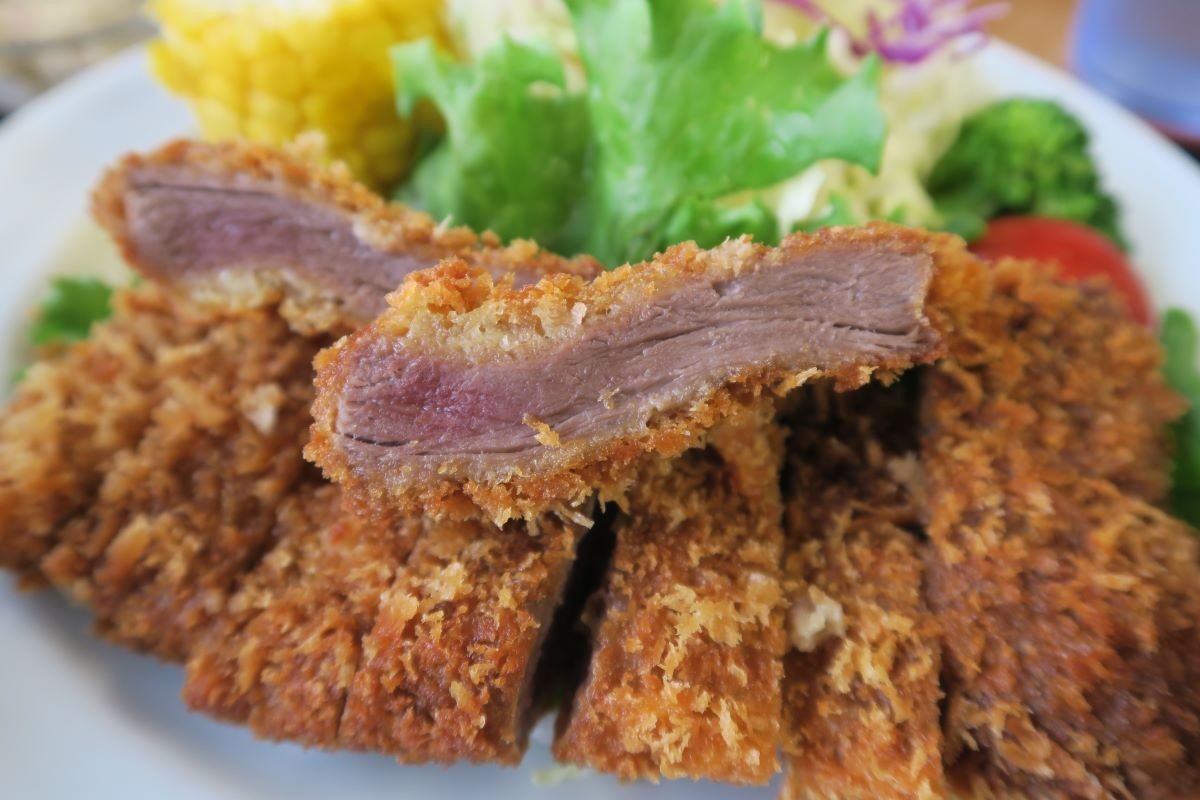
The winters in the Tokachi Plain are extremely cold. As a result, many schools in the Tokachi region have longer winter breaks compared to those in Honshu. While winter vacation is typically 13 days in places like Tokyo or Osaka, schools in Tokachi enjoy a 25-day winter break. Skating lessons during winter have become a tradition in Tokachi schools. In December, water is spread on school grounds to freeze into ice, allowing children to skate energetically during their lunch breaks. Additionally, in Rikubetsu Town, the Rikubetsu Elementary School serves dishes made with local ingredients, such as deer miso ramen and deer katsu dogs. These dishes reflect the unique characteristics of life in Tokachi, where people live amidst harsh winters and abundant natural surroundings.
Cuisine Inspired by the Sea of Okhotsk

The Sea of Okhotsk is known for its abundant supply of hair crabs, and crab-based dishes are famous in the region. Teppō-jiru is a miso soup packed with chunks of crab, and it is a comforting dish that warms the bodies of people, especially fishermen, living in the cold coastal towns. The name of the dish comes from the way the crab legs are eaten, which resembles loading bullets into a rifle, hence the name “teppō” (rifle).
Cuisine Inspired by the Inland Climate of Hokkaido
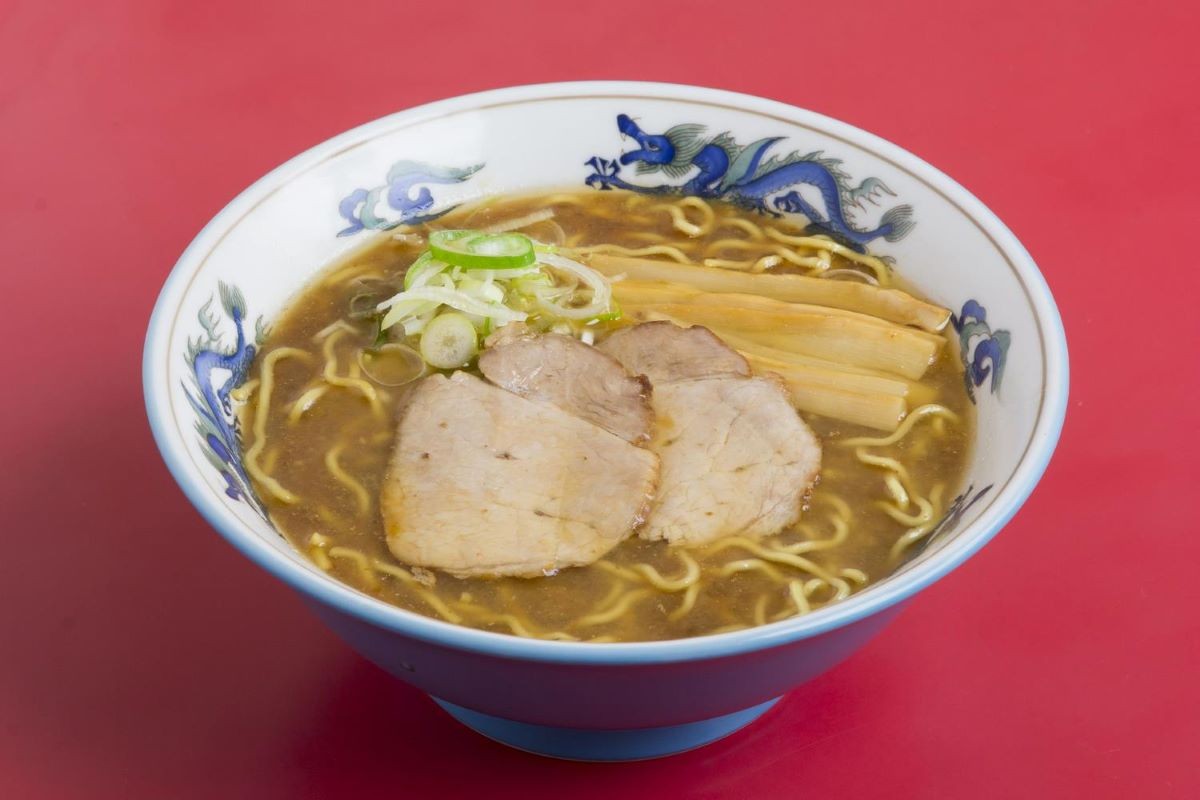
The Kamikawa Basin, located in the northern part of Hokkaido, experiences a large temperature difference between summer and winter. The abundant meltwater that flows into the region contributes to making it one of Hokkaido's major rice-producing areas. The rice grown here is called Yume Pirika, a variety named in 2008 by combining the word “yume” (meaning "dream") and “pirika,” which means “beautiful” in the Ainu language. In a taste comparison test conducted by Hokkaido University in 2009, Yume Pirika even surpassed Niigata’s renowned Koshihikari rice, claiming first place. In addition to rice, Asahikawa, located in the Kamikawa Basin, is known as one of Hokkaido's "three great ramen cities." The area’s thriving logistics and brewing industries have contributed to the large number of soy-sauce-based ramen shops in the city, making Asahikawa ramen distinct in flavor.

Hokkaido is Japan's coldest region, and in winter, it hosts popular events like skiing and snow festivals. The region offers many opportunities to experience the beauty of nature, particularly in winter. Hokkaido’s climate is also a major draw in the late spring through autumn, as it does not experience the rainy season or typhoons, making it a popular tourist destination. Visitors can fully enjoy the distinctiveness of each season in Hokkaido, where the cuisine is deeply rooted in the region's climate and seasonal changes. Whether it's the cold of winter, the warmth of summer, or the vibrancy of spring and autumn, each season offers something unique. Visitors to Hokkaido can taste seasonal dishes and experience the grandeur of its natural landscapes.
< References>
- "Land and Life in Japan" (Kokudosha)
- "Life in a Cold Land" (Kin no Hoshi)
- "Geographical Data Map of Japan by Prefecture" (Komine Shoten)
- "Sugata Hokkaido Region of Japan" (Teikoku Shoin)
- "Book of Japan Map (Hokkaido and Tohoku)" (Iwasaki Shoten)
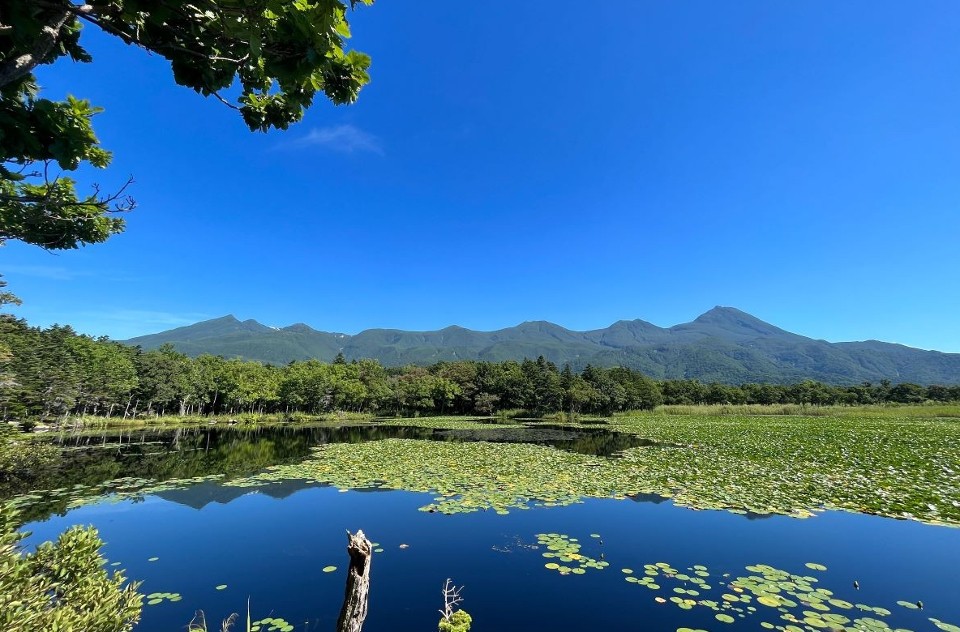
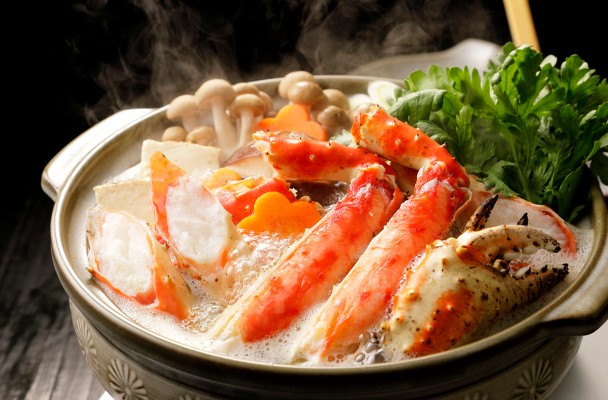
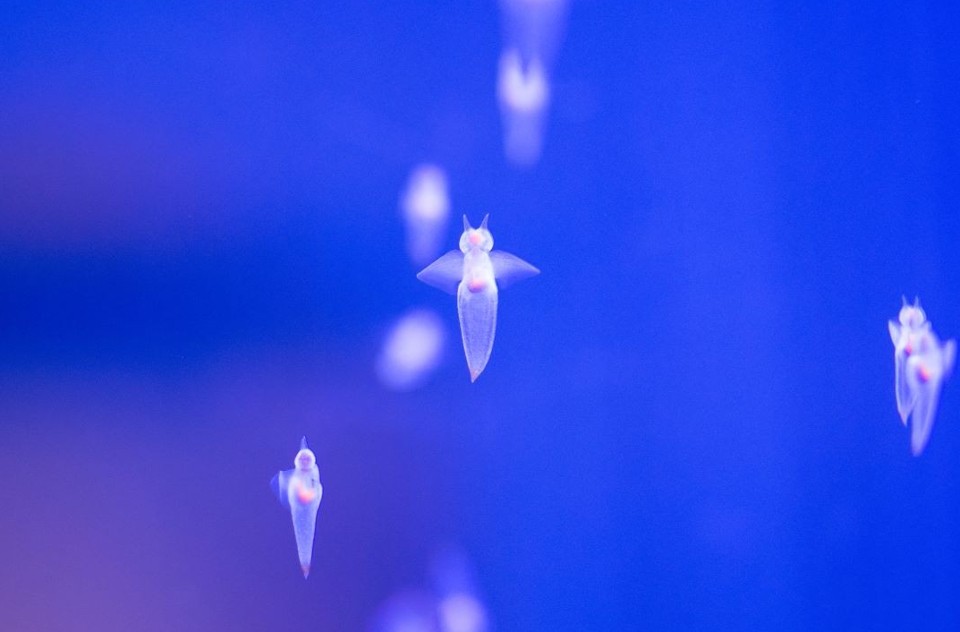
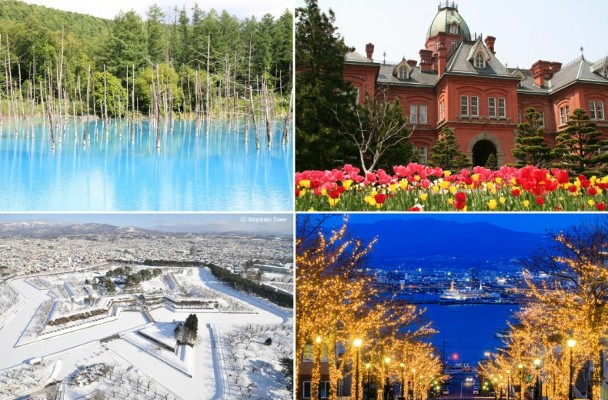
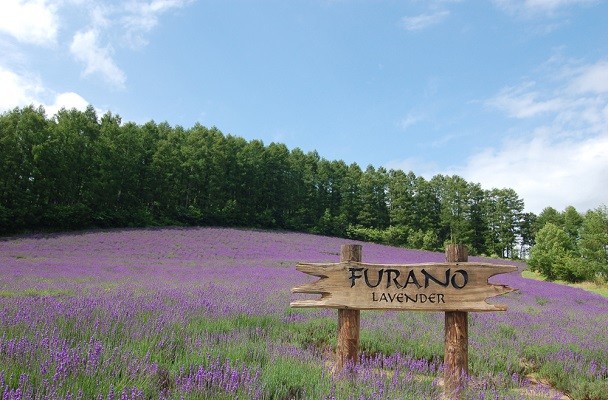
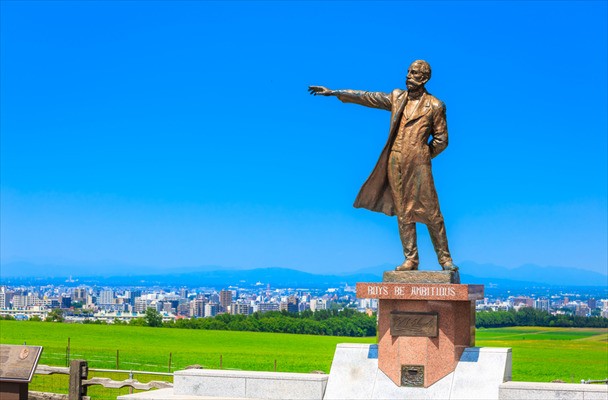

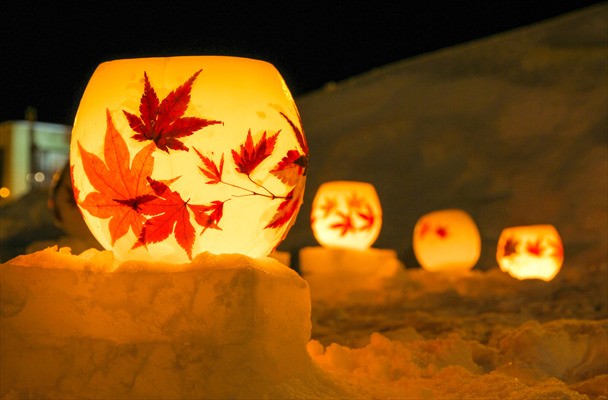
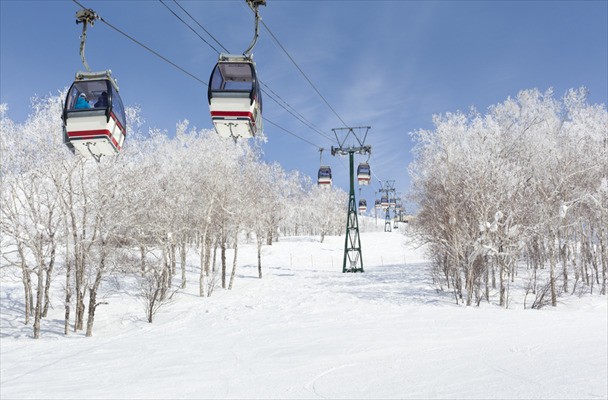
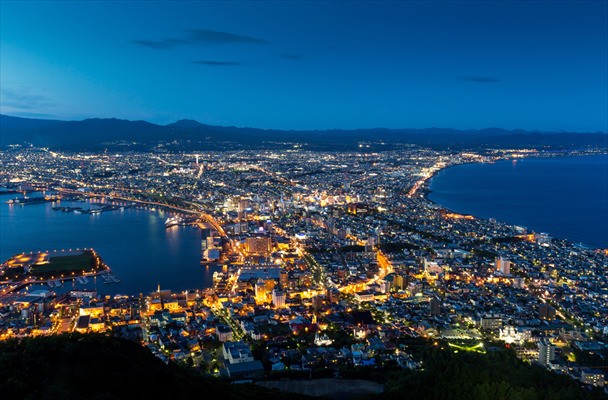
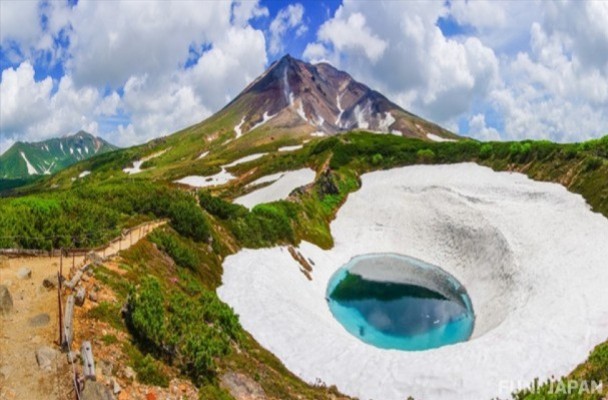
Comments